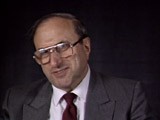You searched for: DEATH MARCH
<< Previous | Displaying results 181-190 of 410 for "DEATH MARCH" | Next >>
-
Purim
ArticleLearn about the background and traditional observances of Purim, a Jewish holiday marking the deliverance of the Jews from a royal death decree.
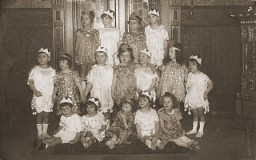
-
Peter Bergson
ArticleLearn more about American Zionist and activist Peter H. Bergson (born Hillel Kook).
-
The Biological State: Nazi Racial Hygiene, 1933–1939
ArticleBetween 1933-1939, Nazi eugenics and racial hygiene led to policies like mass sterilization and criminalizing marriage between Jews and non-Jews.

-
Killing Centers: In Depth
ArticleThe Nazis established killing centers in German-occupied Europe during WWII. They built these killing centers for the mass murder of human beings.

-
Nesse Galperin
ID CardNesse was born to an observant Jewish family in Siauliai, known in Yiddish as Shavl. Her parents owned a store that sold dairy products. The city was home to a vibrant Jewish community of almost 10,000 people. It had over a dozen synagogues and was renowned for its impressive cultural and social organizations. 1933–39: Nesse's family was very religious and observed all the Jewish laws. She attended Hebrew school and was raised in a loving household, where the values of community and caring always were…
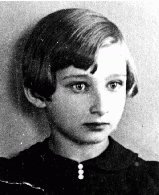
-
David (Dudi) Bergman describes liberation by US Army in mountains near Innsbruck
Oral HistoryThe Germans occupied David's town, previously annexed by Hungary, in 1944. David was deported to Auschwitz and, with his father, transported to Plaszow. David was sent to the Gross-Rosen camp and to Reichenbach. He was then among three of 150 in a cattle car who survived transportation to Dachau. He was liberated after a death march from Innsbruck toward the front line of combat between US and German troops.
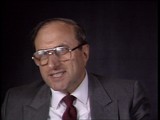
-
Fürstengrube
ArticleLearn about Fürstengrube subcamp of Auschwitz, including its establishment, administration, prisoner population, and forced labor and conditions in the camp.
-
Gregor Wohlfahrt
ID CardGregor was the second of six children born to Catholic parents in a village in the part of Austria known as Carinthia. His father was a farmer and quarryman. Disillusioned with Catholicism, his parents became Jehovah's Witnesses and raised their children according to that religion. As a boy, Gregor loved mountain climbing and skiing. 1933-39: Gregor attended school and worked as a waiter. The situation for Jehovah's Witnesses worsened after Germany annexed Austria in March 1938; Witnesses refused to swear…
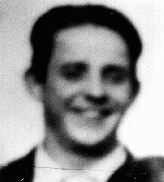
-
Jeno Katz
ID CardOne of eight children, Jeno was born to religious Jewish parents in the northeastern Hungarian town of Buj. The family later moved to the village of Zalkod, where Jeno's father ran a general store. His schooling over, Jeno became a cabinet maker. After he married, he and his wife Eloise settled down in Sarospatak, a picturesque town with a ruined medieval fortress and the Windischgratz castle. 1933-39: Jeno's sister Sadie, who had immigrated to the United States, came to visit her parents in Zalkod. At…
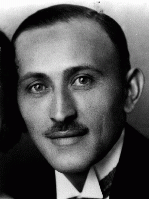
-
David (Dudi) Bergman describes bar mitzvah during deportation by cattle train from Auschwitz to Plaszow
Oral HistoryThe Germans occupied David's town, previously annexed by Hungary, in 1944. David was deported to Auschwitz and, with his father, transported to Plaszow. David was sent to the Gross-Rosen camp and to Reichenbach. He was then among three of 150 in a cattle car who survived transportation to Dachau. He was liberated after a death march from Innsbruck toward the front line of combat between US and German troops.
